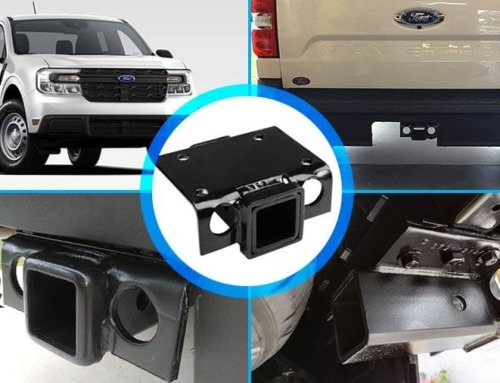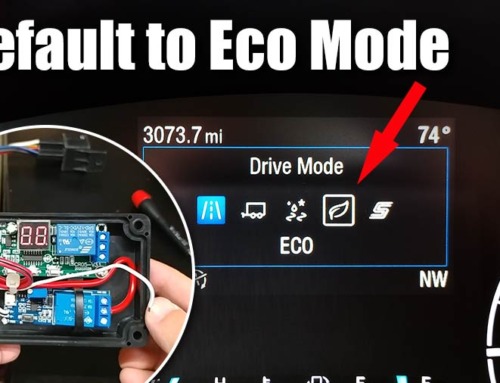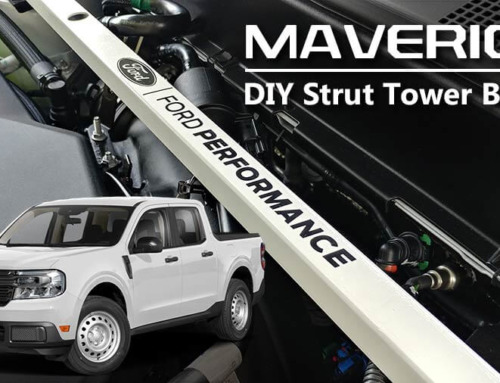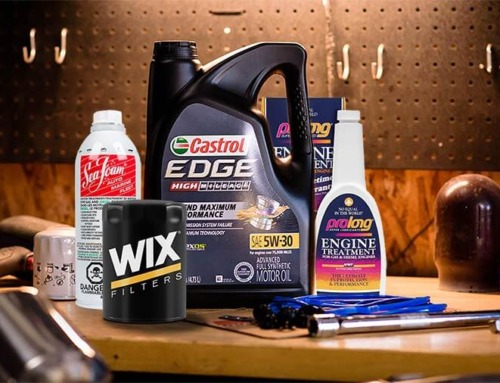Howdy, how are you all doing? I guess that by just looking at the preview, you know that we are back at the Cuban Redneck Garage, where today we are going to be adding an oscillating spindle sander to the Harbor Freight folding workbench. If you are considering getting an oscillating spindle sander, this is the one video you don’t want to miss!
Oscillating Spindle Sander Uses
If you are a DIYer like me, there is a good possibility that you have already fitted your drill press with a spindle sander. Riggin, a spindle sander for drill press, works to a certain extent, but if you are looking for a smooth finish putting a spindle sander on your drill press is not going to work! On the other hand, by moving up and sanding the drum up and down, the oscillating spindle sander not only gives you a smoother finish but also allows the spindle sander sleeves to last longer by spreading the contact area and free of burn marks. And while a belt sander may be able to replicate some of the spindle sander’s duties when it comes to sanding an inner perimeter, there is just no substitute.
For me, when it comes to shaping the bally of lures, curvy edges around cutting boards, and removing marks left by a hole saw, no other tool is better.
Buying an Oscillating Spindle Sander
I know I am going to get a lot of flack about what I am bout to say, but in my opinion, the type, brand, and cost of the oscillating spindle sander you buy have to correlate to the kind of work you do. If you are making fine furniture, investing in a JET or even a GRIZZLY may be a wise choice! On the other hand, for the average woodworking guy focused on small projects like cutting boards, the units from Harbor Freight, Ryobi, and Craftsman may suffice. The issue with me is space! I am operating out of a single-car garage workspace. And no, I am not into furniture making. In fact, I would not even classify myself as a carpenter! Most of my woodwork is related to small home projects and fishing lures!
In other words, do I need a 5000 RPM/5 HP oscillating spindle sander? No, I don’t. This is particularly true if the unit has a large footprint! I can’t have tools that I use every once in a while, taking important workbench space or even square footage in the workshop. So when I ran into the Triton TSPSP650 at Rockler.Com, it looked ideal! It is small, portable. Something I can put away and won’t take space at all! As life would have it, I didn’t order it that day, and I am glad I didn’t! A few days later, while browsing the Facebook marketplace for used tools, I ran into an ad from Lowe’s promoting the WEN HA5932. A very similar unit, costing just $48! No, I am not a fan of WEN, and most of their review leaves a lot to be desired but costing less than $50 means I can get two and have $20 left for gas.
The WEN HA5932 Variable Speed Portable Oscillating Spindle Sander
After ordering and receiving the WEN HA5932 variable speed portable, oscillating spindle sander and examining it, I have concluded that there is a possibility that the same Chinese factory made both it and the Triton TSPSP650! However, I think that both of these units have the same flaw! In my opinion, the base is too small! For that reason, and even if you don’t mount it to your workbench, I consider making a larger faceplate. Don’t matter how you look at it! This is a 5-AMP motor, and I don’t care how careful or strong you are. I don’t see how you will keep control over the spindle sander once it gets going. With that said, mounting the WEN HA5932 variable speed portable, oscillating spindle sander onto my Harbor Freight folding workbench was simple and rewarding. The combination of a larger faceplate and the ability to mount it to a deck elevates the functionality of this tool to a new level. To accomplish this, I ripped some scrap Ebony wood I had lying around into three strips of 3/8 inch, and after finding the center of the folding workbench’s deck, I fixed them into place with 1-inch brad nails and wood glue.
I then opened up the space about a ¼ inch from the wood ring with the jigsaw and followed it with the router and a trim bit! The final step was to make a ½ inch rabbet where the faceplate will sit. I did this with the Ryobi cordless router in two passes. The first one at a ¼ dept, and the second at the full ½ dept.
For the faceplate, I used leftover material from the router plate project. If you didn’t watch the video, this is a ½ X 15 X 20-inch polypropylene cutting board from Sam’s Club. I simply transferred the faceplate and overlaid the EOM piece using some 1.5-inch stainless deck screw I ended up cutting to length with the grinder. The faceplate fits quite enough, and I didn’t think the fasters were required. Nevertheless, I added three mounting screws using some 8/32 brass threaded inserts and flathead screws.
Thank you for stopping by, and I hope you found this woodworking shop mod worthy of a thumbs up and look forward to having you as a subscriber at the Cuban Redneck DIY channel! Where we do things on the cheap not because we have to but because we can!





